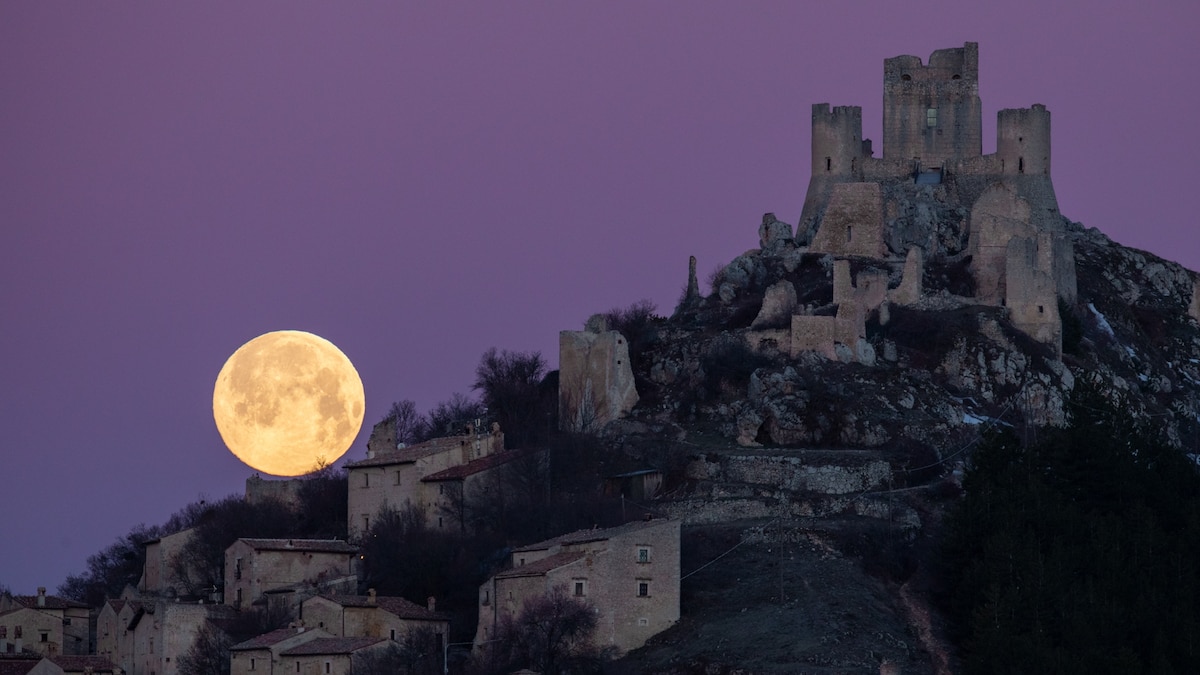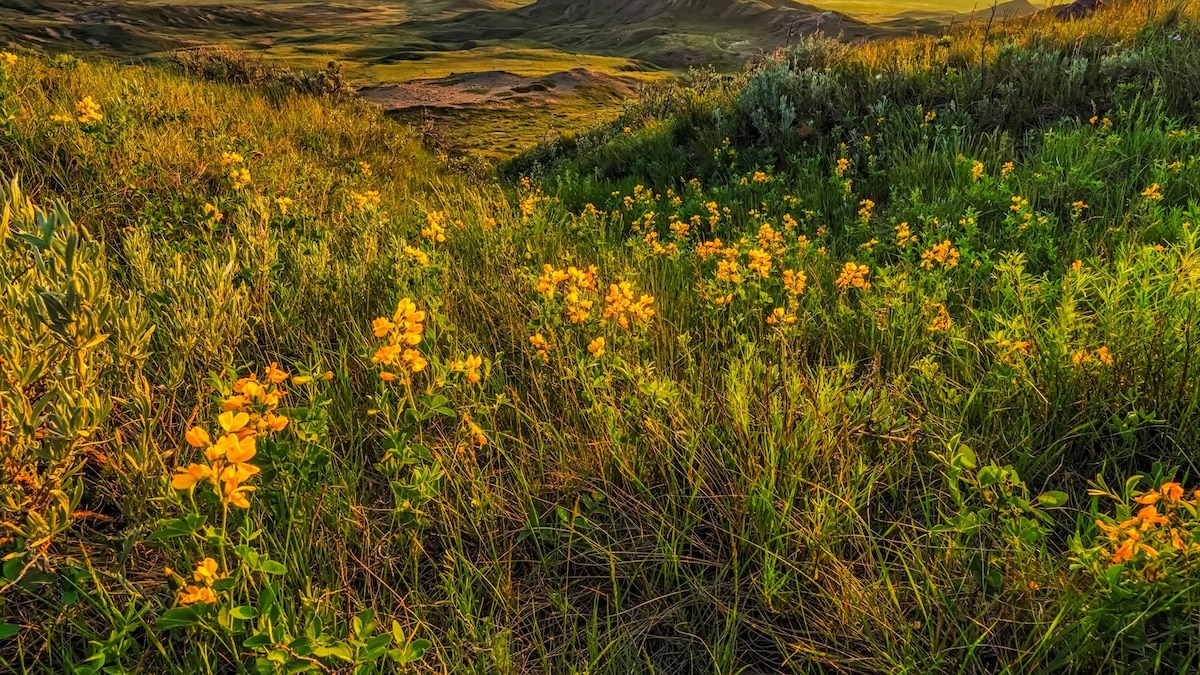Now Reading: Full Moon and Its Fascinating Names Explained
-
01
Full Moon and Its Fascinating Names Explained
Full Moon and Its Fascinating Names Explained

Swift Summary
- Lunar Phases: The moon’s phases cycle monthly, transitioning through new moon, waxing crescent, first quarter, waxing gibbous, full moon, waning gibbous, last quarter, adn waning crescent.
- Tidal Locking: The same side of the moon always faces Earth due to tidal locking. Both sides get sunlight during its orbit.
- Full Moon Names: Monthly full moons are named based on natural phenomena or cultural traditions:
– January: Wolf Moon
– February: Snow Moon
– March: Worm Moon
– April: Pink Moon
– May-August include Flower and Strawberry Moons.
- Special Moons:
– Blue Moons: Second full moons in a calendar month (approx. every two-and-a-half years).
– Supermoons: When the full moon occurs closest to Earth (perigee),making it appear slightly larger.
!Waxing Crescent
Waxing crescent captured in Northumberland. Photo by Owen Humphreys/Getty.
!Full Moon ISS View
Image of a full moon from the International Space Station. Photo by NASA._
Indian Opinion Analysis
the National geographic article intricately details the science behind lunar phases as well as their cultural significance worldwide. For India-a nation deeply tied to lunar movements due to its prominence in festivals like Karwa Chauth and Diwali-the insights into global naming conventions for different lunar events could provide a broader appreciation for celestial phenomena. Furthermore, terms like “supermoon” or “blue moon,” now part of popular discourse worldwide due to increased astronomy outreach efforts globally (including here), can contribute meaningfully to educational curriculums while bridging ancient traditions with modern interpretations.
India’s historical use of lunisolar calendars highlights how these observations remain interwoven into religious practices today-paralleling other cultures that align agricultural cycles with the phases described in this article.Read More

























